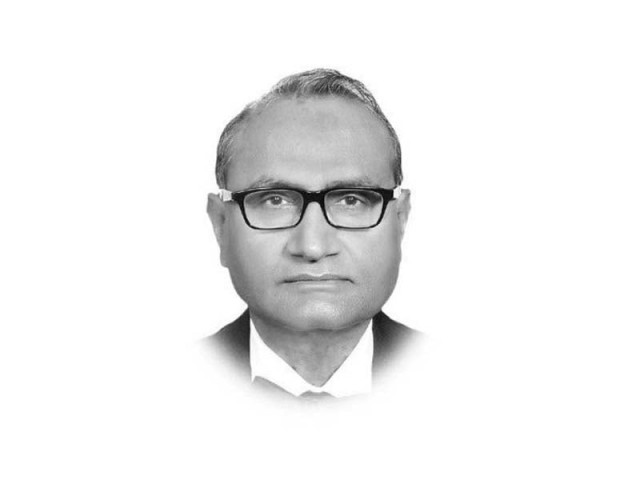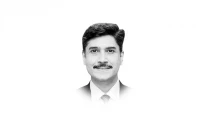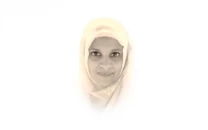Crisis, what crisis?
Politics leading cause of economic woes

pervez.tahir@tribune.com.pk
For the first time in the country’s history, a prime minister has been disqualified, a demonstration that the courts are functioning. There are no signs of an implosion in the ruling party. It wasted no time in choosing another parliamentary leader to ensure the continuity of governance.
Except one, all parties have pledged to complete the normal parliamentary cycle. The exception is calling for early election as a political ploy. By all accounts, however, this party is also preparing for elections next year. It is encouraging to see that the political parties are also functioning. The relatively better functioning of security institutions has never been in doubt. Their worries about the economy and the rubbishing of any technocracy to fix it is good for democracy. True, the Soviet Union collapsed when its economy fell apart, but the collapse of the economy resulted from its arms race with the United States.

Mounting external debt and the weakening ability to service in view of a high current account deficit is seen as the most serious threat. Total external debt and liabilities declined every year from 31.2 per cent of GDP in 2011 until 2015 when it was 24.1 per cent. It rose again to 26.1 per cent in 2016 and 27.3 per cent in 2017.
There was a spike in the last quarter of 2017 due to CPEC-related borrowing that seems to have continued in the first quarter of 2018. But it is still less than the debt burden threshold of 30 per cent defined in the IMF-World Bank debt sustainability framework for countries with weak policy performance. Debt servicing as a ratio of foreign exchange earnings from exports and remittances has increased, but the short-term debt as a proportion of State Bank reserves has also decreased.
More important, the recent borrowing is investment related and the surge in imports is also due to investment goods. Such debt creates its own repaying capacity. Around 65 per cent of total debt and liabilities are domestic. It is a burden, but qualitatively different from the external debt in that we owe it to ourselves.
The state of the economy need not be confused with the personal state of the finance minister. In spite of him, the economic institutions of the state are functioning. There are signs of the economy coming out of the low growth trap. In the first quarter of the current fiscal year, exports have increased by 10.8 per cent. Import growth is still high due now to higher import of capital equipment.
The recent announcement of regulatory duties on non-essential imports and the export package will improve the trade balance further. Remittances fell in July, increased in August, but fell again in September. It is too early to read a downtrend here. Foreign direct investment increased by over 56 per cent. Reserves with the State Bank on October 6 were $13.8 billion, with another $5.9 billion with banks. At 3.9 per cent in September, inflation is still manageable. Instead of rushing to the IMF, the focus should be on agricultural and industrial policies to accelerate growth.
This time it is the polity, not the economy, stupid! All institutions of the state and society have to be watchful about the unintended consequences of their actions.
Published in The Express Tribune, October 20th, 2017.
Like Opinion & Editorial on Facebook, follow @ETOpEd on Twitter to receive all updates on all our daily pieces.


















COMMENTS
Comments are moderated and generally will be posted if they are on-topic and not abusive.
For more information, please see our Comments FAQ